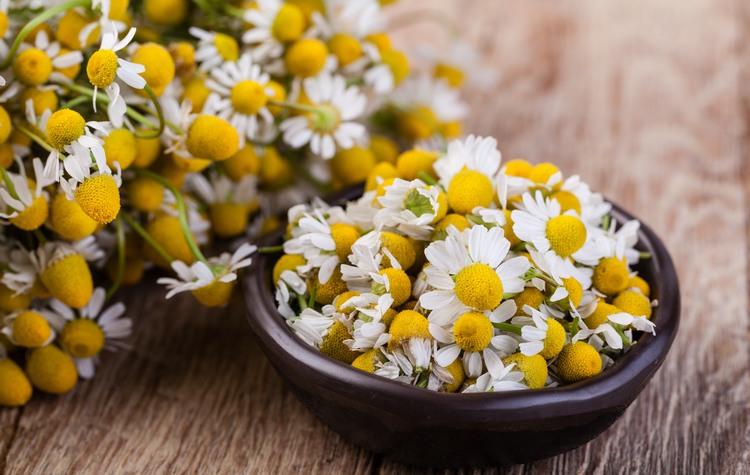
One of the most impressive things that you may notice on your custom trip to Peru is how the population has kept its contact with Mother Earth. Many, if not most, Peruvians are knowledgeable about medicinal plants and can list at least a few local plants and their uses. This is even truer of folks that live in rural communities, where such knowledge spans generations and is passed from parent to child. Where many Westerners have had to rediscover medicinal plants and their uses in recent decades, Peru never lost that knowledge.
Nowhere is this more evident than in Cusco and the Sacred Valley, where an abundance of nature’s cures grows freely for the taking for those who are aware of their identifying qualities and uses. You can take advantage of this common knowledge on your trip to Peru and try some of these medicinal teas, for their delightful flavors as well as their abilities to alleviate common symptoms.

First and foremost, is the Coca plant (Erythroxylum coca), the same plant from which cocaine is derived after extensive chemical processing. This plant in its natural state has been revered as a sacred herb for many centuries. Coca leaves are chewed as a mild stimulant, increasing energy and assuaging hunger. The tea is considered the best preventive and cure for altitude sickness and is the go-to plant for tourists experiencing symptoms of altitude sickness. It is useful to treat headaches and nausea in general. A popular saying among Peruvians is “La hoja de coca no es droga,” (the coca leaf is not a drug). It’s a slogan meant to counteract the vilification of a beneficial plant with a long history of usefulness in its natural, unrefined state.
Another very useful plant is the Muña, aka Andean Mint (Minthostachys Mollis), a highly aromaticmint family plant that only grows in the South American Andes.
This is a great plant to use as a digestive after meals and to prevent excess gas and flatulence. It has a strong scent, reminiscent of Spearmint or American pennyroyal. Muña is also a culinary herb that’s used in tarwi, an Andean dish made with lupine beans.
A wonderful Peruvian culinary and medicinal herb is the Huacatay (Tagetes Minuta). This aromatic herb is also called Peruvian Black Mint. Although it is not a member of the mint family, it is of the marigold family. It has been used for centuries, dating from the time of the Inca, as an antiviral and respiratory and cold remedy. It is also used to make a delicious bright green sauce that is served with chicken, potatoes, and other traditional Andean dishes.

Manzanilla or Chamomile (Matricaria chamomilla) is widely known in North and South America, as well as Europe. With its apple-like scent, this plant makes a pleasant beverage and is used as a digestive, to relieve heartburn, and to reduce stress and anxiety.
Next, we come to my personal favorite, Toronjil (Melissa Officinalis), known in the west as lemon balm. This is another mint family plant, with a delicate lemony aroma, great as a beverage, served either iced or hot with honey. Its delightfully subtle scent makes it an ideal after-dinner drink. Lemon balm is used to lighten a sour mood, and lift the spirits. It’s also a great digestive aid and has been used to decrease insomnia, stress, and anxiety.

These useful and delicious tea-plants can often be bought from wandering herb-vendors in Cusco and its surrounds: the vendors, often folks from rural communities, pick several useful plants and make asnapas, or herb bundles, which may include Muña, Huacatay, Toronjil, Manzanilla, Yerba Buena (spearmint), Culantro (cilantro), and others. You can buy a bundle on your next trip to Cusco or the Sacred Valley. They cost only a sol or two, and when hung to dry, are a great source of traditional herbal teas that are healthy, delicious, and inexpensive.
Why not try some of these wonderful teas on your custom trip to Peru?
Note: A caution when traveling: loose dried herbs may not be accepted into your country upon return. Please check with your country’s custom office for more information.
A Foodie’s Guide To Peruvian Fusion Cuisine in Lima
It’s no surprise that Peru is famous for its cuisine, recognized all over the world - delicious dishes like ...
Read PostEat and Drink Your Way Through 10 Days in Argentina’s Wine Country
From the sizzling parilla grills to the sun-kissed vineyards of Mendoza, travel to Argentina’s wine country ...
Read PostThe Best Places To Try Asado In Argentina on Your Foodie Trip To South America
When you travel to Argentina, remember that dining is not just a meal; it's a celebration of life, culture, an...
Read Post

 Call
Call 























